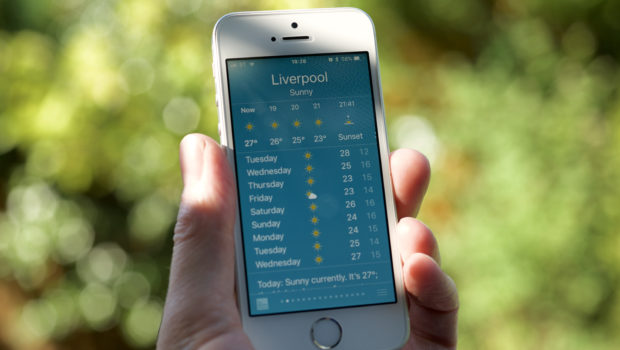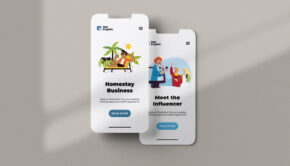7 Essential Aspects That You Must Include for Weather App Development
The growing unpredictability of the world’s climate has increased the requirement for weather apps. People are always on the lookout for accurate weather information and forecasts so that they can plan things accordingly. In today’s world, technology has become the key factor in determining the accuracy and success of any weather-related applications.
Until recent times, most weather apps were repackaging data collected from government agencies, which often led to discrepancies between the forecast and real data. But the recent string of severe climatic storms has raised the bar of expectations from weather apps.
These services are not only a priority for individuals but also for companies that rely on weather-related information for their business. You can also get access to many weather apps for free that provide pretty comprehensive data.
The first step to develop an app for an accurate weather forecast is to choose one of the best APIs for data collection. Since you would not be able to place weather stations all over the world (no one does), you must aim at getting information from different sources.
If you do not want to develop an API, choose one that can get you weather data from as many sources as possible. There are many APIs available on the internet. You can read this post to learn about each API’s comparisons with the others.
Some of the weather apps and their functionalities that you may consider developing are as follows:
- Climate change apps provide information about the global climatic conditions, such as the rise of sea levels, the ozone layer, Carbon Dioxide percentage, and others.
- Weather forecast apps offer daily, weekly, monthly, or hourly climatic predictions based on geographical locations to users. That often includes temperature, precipitation predictions, and wind details. Some weather forecast apps also tell the user about current humidity and air quality.
- Weather education apps are aimed at spreading awareness amongst children and other young users about climatic conditions and changes. However, they are the least popular of the three due to the limitations of end-users.
In this article, we are going to focus on the features that you must consider to include in your weather forecast app. It will maximize the number of downloads and increase your revenue generation. The user must be able to customize the features of the weather app to suit their needs.
Alerts
You can design your app to offer different kinds of alerts to the user based on their requirements. For example, if there is a forecast of rain, the app can provide an alert about it to the user so that he or she remembers to take an umbrella.
There can be different types of alert systems. The app can notify the user about a forecast of rains through notifications. However, for severe weather alerts, there can be multiple forms of notifications so that the user does not miss them.
User Interface
Believe it or not, the success of your weather app is largely dependent on the User Interface (UI) because it is the first that can attract the users. The UI should not only be visually attractive, but it should also be convenient to use.
People should be able to access all the features and customize them with ease. You should also provide mapping features in the UI that can provide visual information for convenient interpretation.
Timelapse
A timelapse feature will enable the user to play out the weather information throughout the day. It is a visual feature that has become essential these days. You can also consider adding a timelapse function that can enable the users to view the historic data. It is required by data scientists and various industries for their operational planning and management.
Precipitation Measurement
Precipitation measurement is one of the most essential aspects of weather monitoring apps. Whether it is rainfall or snow, precipitation data is required by both individuals and businesses. The information can be used for gardening, agriculture, water storage, fisheries, sports, lawn maintenance, and several other purposes.
Precipitation management often includes data related to sunshine that can be useful for many users. You can also inside a dry season or drought alerts to your weather app.
Wind Information
You must include wind-related data on your weather app, such as wind speed and direction. You can also add alerts about sudden gusts of wind that can be useful for specific users, such as kite or drone flyers.
Humidity
Many people assume that humidity has no particular use in weather apps. However, many individuals and industries need to monitor humidity for specific purposes, such as lawn maintenance, gardening, healthcare, hair maintenance, and many others.
Visibility
Transportation and airline industries are reliant on visibility data for their operations. The data is also necessary for photographers, drone flyers, travelers, and many others.
Other than these essential features, you can also consider including UV radiation spread, temperature trends, irrigation management, and some others that cater to specific users. If you feel that the development of these features is exceeding your budget, you can mark them as paid services.
Cover image from Unsplash
















